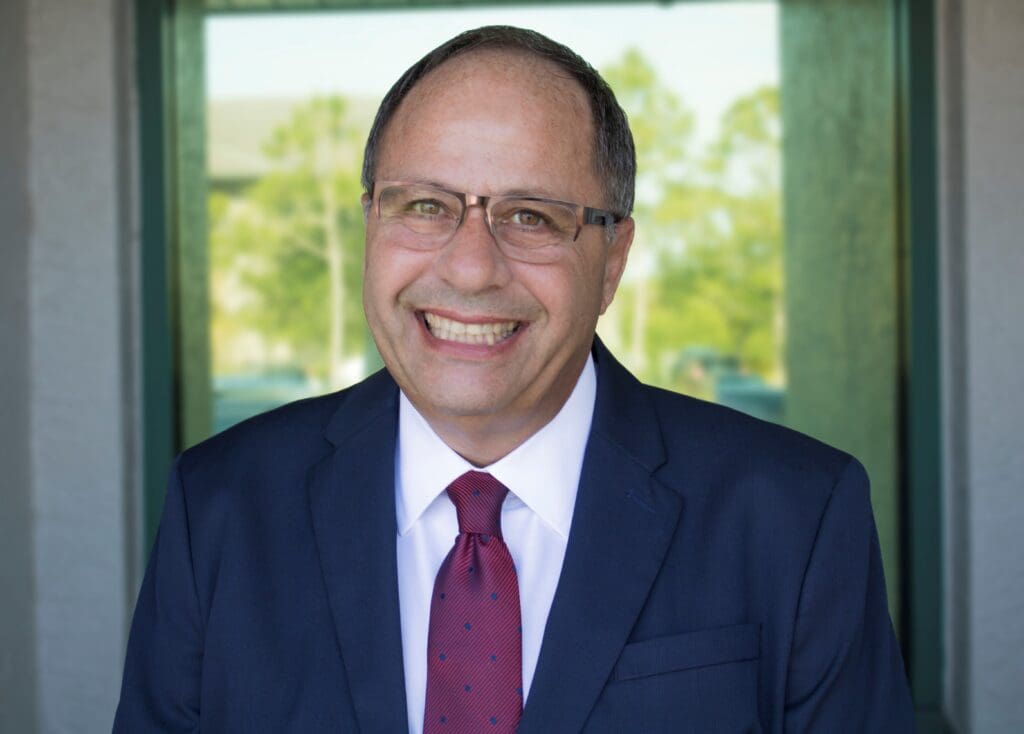Social Security benefits aren’t enough to comfortably retire anymore. Many retirees are experiencing this hard truth as they barely make their Social Security check stretch through an entire month of rising housing costs, inflated food prices, and unexpected bills.
Unfortunately, most of us don’t have tons of disposable income to invest in a retirement fund.
So how can you invest just enough every month to double your retirement income? The method I’m about to share with you also isn’t a typical source of retirement funds. It won’t make you rich.
However…
Generously funding a permanent life insurance can create an income stream during retirement. While you don’t want to rely solely on your life insurance as a retirement plan, this method is effective. It can be put into play even if you’re fairly close to retirement age right now.
A tax-free “investment”
One of the best parts of permanent insurance is that it can accrue cash value over time tax-free. When you make a premium payment on your policy, a portion goes toward the insurance costs. The remainder gets invested and builds up cash value.
That value is what you can draw from in retirement.
The more payments you make over time, the more you are investing into that cash value. Even if you don’t take out a plan until you’re 40, you still have plenty of years for that “pot” to accumulate and grow.
A permanent life insurance policy is one of two assets that can grow tax-free (the other is a ROTH IRA). That’s how life insurance can boost your retirement plan. As long as you stay within the parameters to keep the policy functioning as insurance, you won’t pay taxes on any withdrawals from these funds.
Even if you’re not quite at retirement age, you can still benefit from your life insurance plan. After you’ve established some cash value, you can borrow from your life insurance even before the magic age of 59.5. The main difference is that withdrawals before 59.5 years old are taxable above the basis amount — which means the amount of money you’ve put in over the years — whereas withdrawals past that point are not.
One of the best things about this kind of loan is that you are not required to pay it back. Your beneficiaries would have less of a payout in the end, but there is no financial institution looming over you, requiring you to put the money back eventually. Therefore, you are able to use your money in your life insurance in whatever way you see fit.
So how does it work?
Let’s run an example. For a healthy 40-year-old woman, a $500,000 permanent life insurance policy might cost $300 per month.
Let’s say this client doesn’t need to pass many funds to a beneficiary. Her kids are grown and thriving. No one relies on her income to survive.
So instead of taking out a policy that would pay out half a million dollars, we’ll take out the minimum death proceeds allowed under the policy. This policy might only pay out $300,000 upon death.
The premium for this death benefit would be cheaper, perhaps only $200 a month. However, I would advise my client to still pay the entire $300 a month they budgeted into the policy. Those extra funds, a total of $1,200 a year, will be invested into the market to grow.
By the time my client is 70 and ready to retire, assuming a similar market to the last 20 years, she could have an estimated $250,000 in cash value in the policy.
She could withdraw from the cash value an income annually of approximately $18,000 for the remainder of her life. The actual numbers will depend upon performance and could be even better.
Or she could withdraw a lump sum to use as she wishes. She wouldn’t be taxed on either withdrawal.
As long as you keep paying the premium, you can keep your permanent life insurance policy as an ongoing source of monthly income. And if you are strapped for cash one month, you can pay the premium with the cash value of your policy.
If you do want to leave more funds for a beneficiary, you can always take out a larger life insurance policy and pay above and beyond that premium.
Who could benefit from life insurance in retirement?
Relying on life insurance as a retirement plan, without any other investments, Social Security or savings, is a terrible idea. Life insurance is not a replacement for a 401K, an IRA or other investments that can grow over time. However, working in conjunction with traditional methods, a generously funded life insurance plan creates a great retirement supplement.
So who can benefit from this kind of life insurance plan? A good candidate is someone who has maxed out their other retirement options. If you have a high net worth or you’ve hit your maximum annual contributions for your 401K and IRA, life insurance could be another method to grow your options in retirement.
I recommend this to my clients who are approaching retirement and haven’t put aside enough savings and investments to enjoy a comfortable monthly income in retirement. Procrastinators rejoice! And don’t wait another moment to put this plan in motion.
However, if you have significant debt or limited savings, now may not be the right time for you to sink extra funds into a life insurance plan.
What’s the catch?
This type of investment does have its limits. You need to be careful not to overfund the policy so that it can’t qualify as an insurance policy anymore. That would make your asset subject to tax.
As long as you’re working with a trusted financial advisor, you’ll have plenty of warning and options to keep that from happening.
Would generously funding a permanent life insurance policy bolster your retirement plan? Let’s take a look at your entire financial picture to figure out the best options for your future. Contact me to get started!


